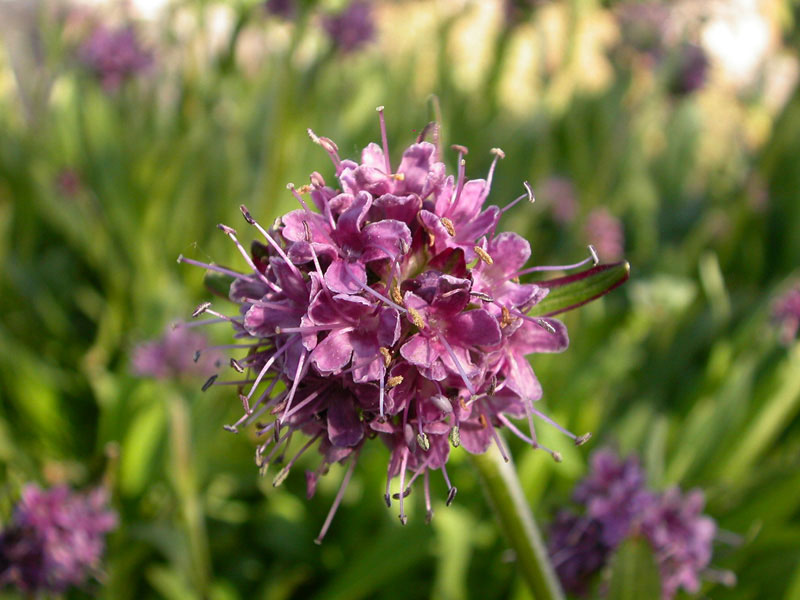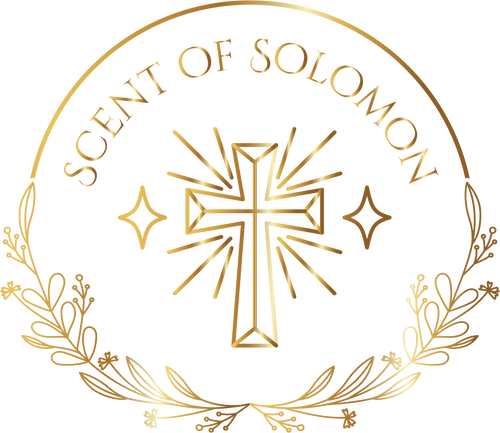What is spikenard?
Spikenard, also known simply as nard, is a rare mountain flower of the honeysuckle family native to the high elevations of the Himalayas. Its essential oil is extracted from the rhizomes and is intensely aromatic.
Because only a small amount of oil can be extracted from each root which is painstakingly dug up and extracted by hand, and because the Himalayas were many perilous miles from the home of Jesus, spikenard was a very rare and expensive luxury in the ancient Middle East. It was highly prized for its aromatic and medicinal properties by the Greeks, Romans, and Egyptians. During the life of Jesus, spikenard was so costly and precious that it would have cost an entire year’s average salary to purchase the amount of nard that Mary Magdalene used to anoint the head and feet of Jesus.

Where does spikenard come up in the Bible?
The humble spikenard flower finds a very special place in the Bible. In one of the most emotional and touching stories in the entirety of scripture, Mary Magdalene displays her immense sacrificial devotion for Jesus by anointing him with an entire alabaster jar of spikenard oil. How much sacrifice did this act truly take? In those days, young women were often given an alabaster jar of precious oil to serve as their dowry or inheritance. Quite likely, the oil she poured out in reverence to Him was the entire life savings of her father and everything she had of worth in the world. And yet she didn’t hesitate to pour it all forth in the most shocking display of extravagant love and worship.
Then took Mary a pound of ointment of spikenard, very costly, and anointed the feet of Jesus, and wiped his feet with her hair: and the house was filled with the odour of the ointment.
John 12:3 KJV

What is the symbolism of spikenard?
Owing to its association with Mary’s display of utmost reverence and devotion towards Jesus, spikenard today is often seen as a symbol of loving Jesus selflessly with everything we have– no reservations. There are, however, some deeper points to touch upon.
According to ancient Jewish custom, bodies were prepared for burial by anointing with precious fragrant oils and spices. After Judas rebukes Mary for “wasting” her precious oil on Jesus, our Lord responds by coming to her defense.
Then said Jesus, Let her alone: against the day of my burying hath she kept this.
John 12:7 KJV
This is, of course, also a prediction of His own death in the coming days, although the disciples did not know it. Perhaps, we can say, as Jesus hung in anguished torture on the cross, the intensely strong scent of Mary’s nard still clung to His skin and wafted up to his nostrils, reminding Him of His purpose in suffering for the sake of humanity.
What are its properties?
Spikenard is antibacterial and antifungal, providing wound care for minor cuts or scrapes or fighting fungal infections on the skin. Spikenard also has known antiinflammatory properties.
Spikenard is also known for its effects on the mind. It has proven sedative and calming effects. Inhaling spikenard can help promote longer, deeper, and more refreshing sleep, fight insomnia, or even help ward off stress during the day. Diffusing spikenard is an excellent way to calm the mind in readiness for prayer.



